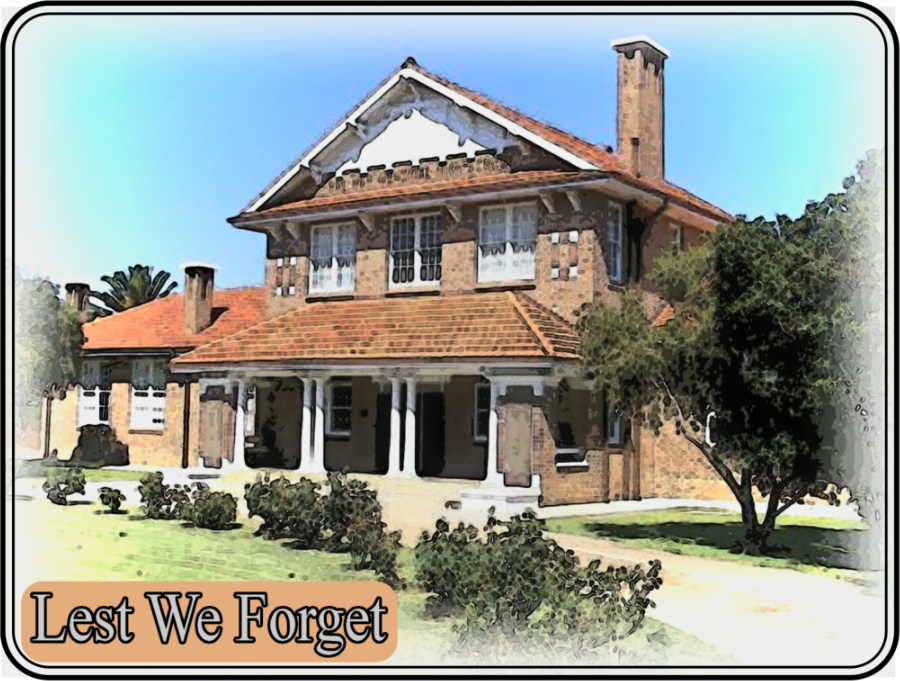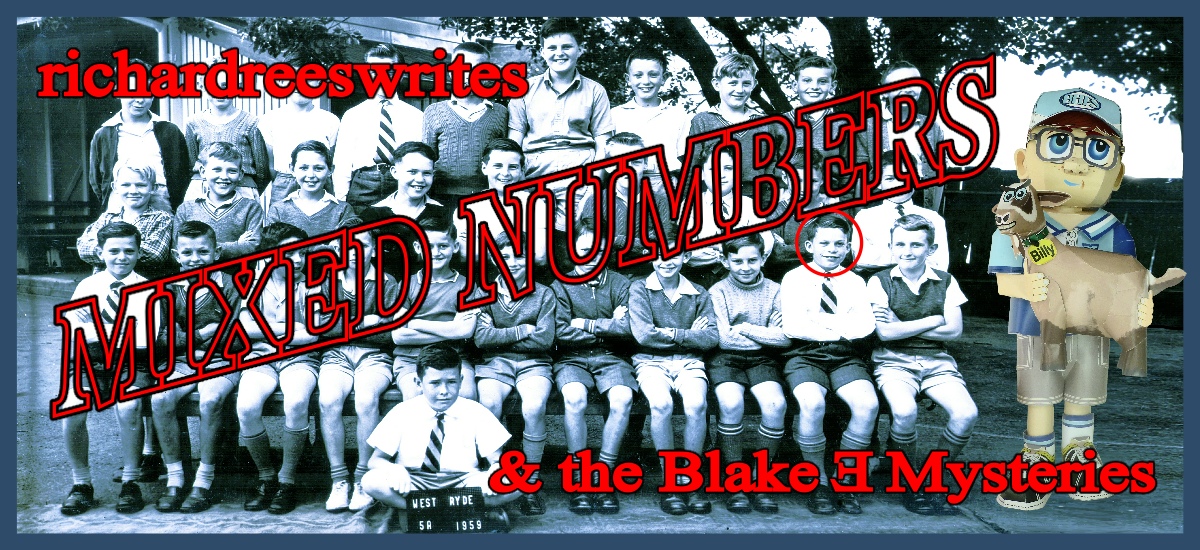‘THE FINEST MEMORIAL’—A REFLECTION
My childhood recollections of ANZAC day are fleeting—stories of Simpson’s donkey together with “The Dam Busters” on our seventeen-inch, black and white, Logie-Baird box.
As I write, a warm glow filters through the light cloud and eucalypts. My thoughts, however, stray to a different landscape and a time past.
In Hay, the Riverina town I called home in the 70’s, a frosty daybreak broods over the approaching ANZAC commemorations. Already, many have braved the cold for the dawn service. Throughout the day the community unveils a solemn perspective and draws me into its ethos.
In World War I, 631 men from Hay enlisted, one of the highest per capita rates in Australia. One hundred and three did not return and this devastated the small close-knit community.
Following the Great War, this outback town decided their War Memorial should be a secondary school—a unique cenotaph—dedicated to the memory of those who died. Public donations contributed to almost half the cost of the project and the Hay War Memorial High School was officially opened on April 25th, 1923. On its completion the then Governor General, Lord Stonehaven, referred to the construction as the “Finest War Memorial … in the Empire”.
Two marble pillars frame the school’s front doors. Like sentinels, they identify the locals who died in World War 1. Inside, a modest auditorium is surrounded by classrooms on three sides. An honour board, charting all who enlisted, covers the western wall and from the blackboard in my room I can read the names. Occasionally I notice a surname identical to one of the students. Here, the present is linked with history past.
The school song echoes the school motto—‘For so much what shall we repay’—and Anzac Day represents a significant event for the school. The band, comprising pupils and community members, accompanies the marchers to the grounds in front of this historic building. For the Student Captains, the service which follows defines their most prominent speaking engagement.
Diggers—from all conflicts—stand alongside children and grandchildren. Following a pensive rendition of “Abide With Me”, the crowd disperses.
There is no celebration here. Words rarely interrupt the circumspect stillness. Quiet reflection is tinged with anguish for a community devastated by tragic conflicts.
“Lest We Forget”
“The pursuit of peace and progress … can never be relaxed and never abandoned.”
Dag Hammarskjold (1905-1961) Swedish Secretary-General of the United Nations, Nobel Peace Prize winner.

ANZAC Day: ‘ANZAC’ stands for Australian and New Zealand Army Corps.
Simpson’s donkey: John Simpson became an Australian hero in World War 1, rescuing wounded soldiers with his donkey.
The Dam Busters: (1955) a British Second World War film.
Diggers: In Australia and New Zealand the word ‘digger’ means ‘soldier’ http:

Excellent.
A great memorial.
A great school.
A great town.
Unfortunately, some years the marching band was pretty ordinary.
Thanks Josh. I’m sure all played to the best of their ability.